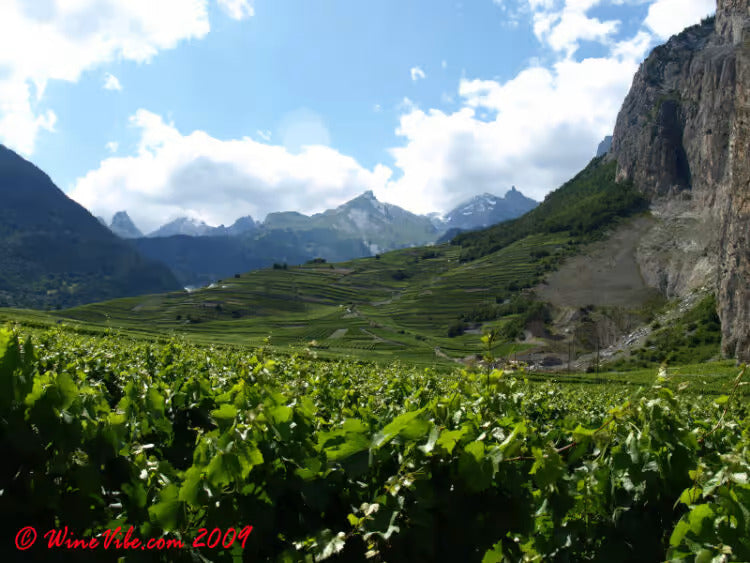
Swiss Watches Yes, but Swiss Wines?
Following on from the very successful Wine Club event of October 2016 where Simon Tyrrell took us through the then new Swiss wines on the shelves. (You can watch his talk on the whites of Favre here). A revelating and informative tasting, we would like to share with those of you who were unable to make it. Mike and John Favre form a formidable team and are well known characters in the village of Saint-Pierre-de-Clages in the commune of Chamoson in the Valais region of Switzerland. Today they run one of the finest and most forward thinking estates in country and do so with a certain eccentric individuality and flair. To view the Swiss wines we have on the shelf, please click here.
Mike is mainly in charge of wine making. His cowboy look is result of his seven years spent building a wine estate in New Mexico. Recruited straight out of college, he started his commercial wine career in the USA but was already by that stage a professor of oenology as well as having a degree in viticulture. His time in the States not only enabled him to gain invaluable knowledge of running a winery but in addition opened his mind to New World techniques as well as understanding the need to take Swiss wines beyond their national borders. John, who looks after the vineyards, studied at the agricultural college in Châteauneuf in the Valais before finishing his education with a degree in viticulture and oenology from L’Ecole Supérieure de Changins.
With seven hectares of owned vineyard and a further six hectares of leased vines the family possesses a patchwork of 78 different parcels. The layout of the Valaisian vineyards is like no other on earth with 5,137 hectares owned by 22,000 people across 80,000 different parcels. It makes Burgundy look positively uniform by comparison. The setting and the terroir is both extraordinary and extraordinarily beautiful. They are blessed with over 2,000 sunshine hours per year and only receive 600mm of rain annually. Much of the vineyard lies on the right bank of the Rhône River moving from gentle slopes up to very steep terraces of gneiss (crystallised granite) and are found at between 400-1,000 metres altitude.
85% of the Valais is planted with Chasselas, Silvaner, Gamay and Pinot Noir but little by little native varietals such as Petite Arvine, Humagne Blanche, Humagne Rouge and Amigne are gaining in popularity.

The Wines
Petite Arvine is unquestionably the house speciality. The regular Petite Arvine is tank fermented whilst the Grande Année St. Pierre is barrel fermented and aged. The wines both have very strong personalities with a great sense of flinty minerality, salinity and fruits that lean towards grapefruit and lemon. Whilst they are both complex and structured the Grande Année has more weight as well as creaminess from the effects of the oak.
For the reds, Humagne Rouge is often described as being like a slightly denser Pinot Noir whilst Simon felt it tasted more like a very fine Cabernet Franc. The Syrah de Johnathon is more linear than a Côte-Rôtie, beautifully fine and precise with cassis and black cherry flavours and very subtle oak.
It is often said that Swiss wines are rarely seen outside of Switzerland and that they are very expensive. The rarity aspect is true because of the nature of the vineyard holdings; there are very few producers who make enough to consider exporting. Only 1.5% of the total production makes it outside the country. Are they expensive? They are certainly not cheap but in quality terms they easily rank alongside some of the very finest wines of Europe.

Leave a comment